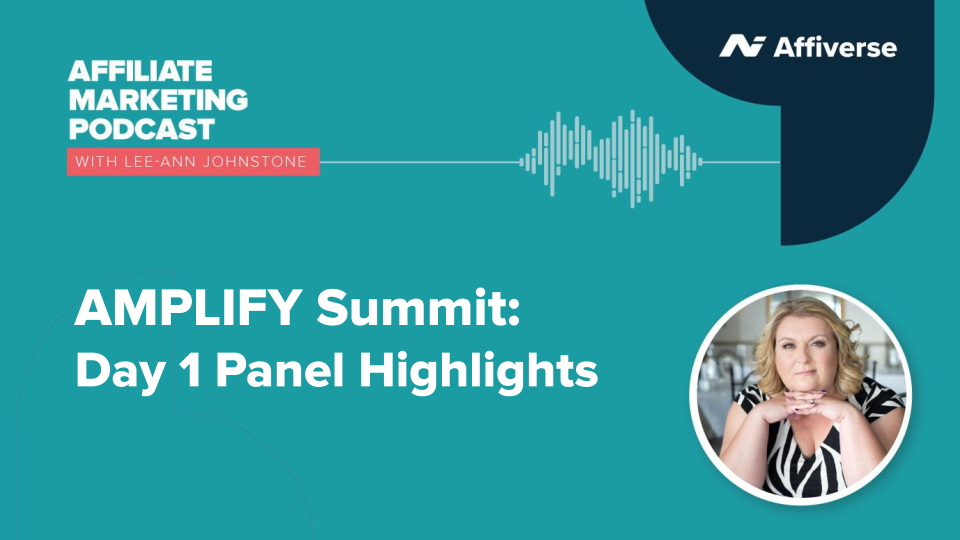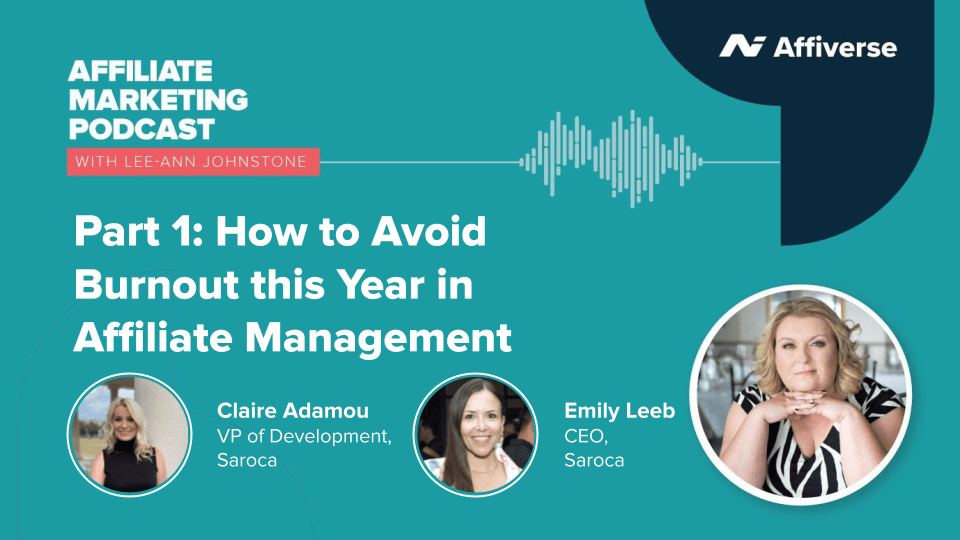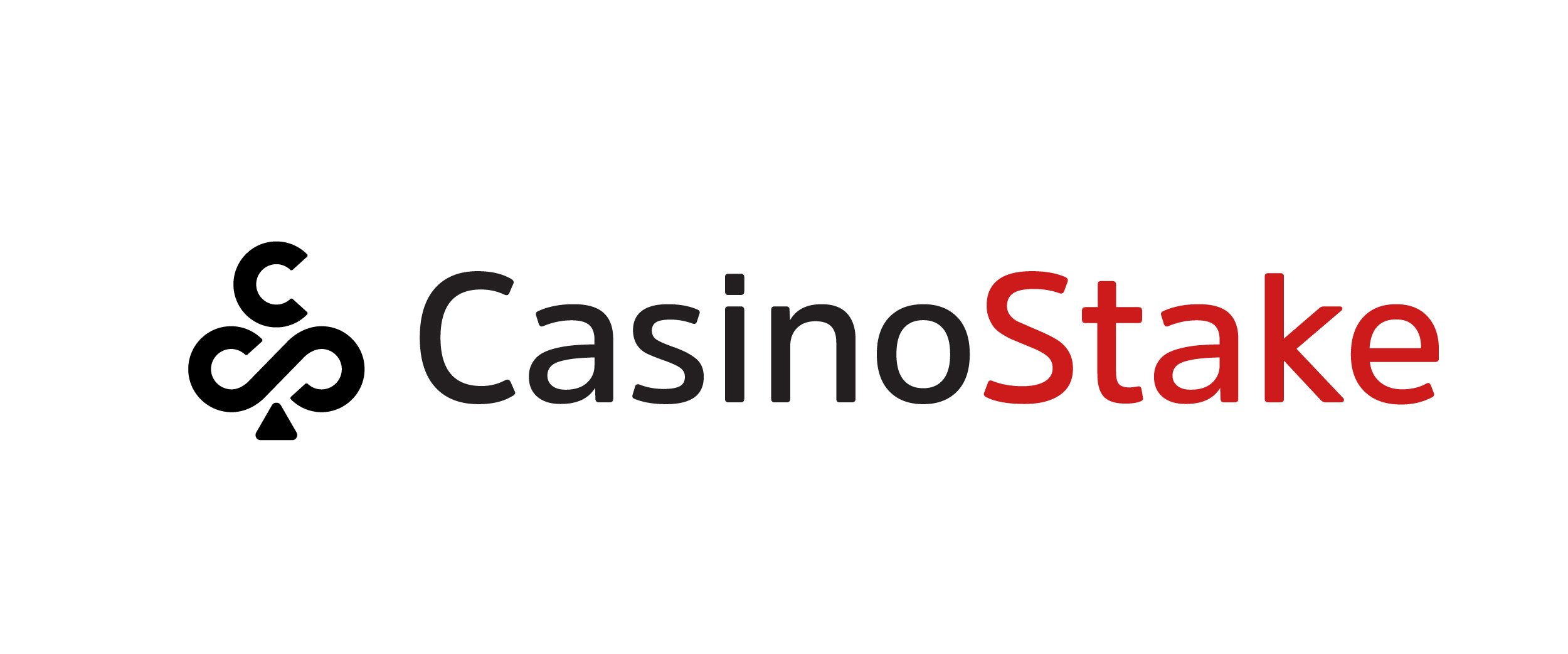Marketing is all about appealing to the consumer. There are a number of ways to go about this, from simply looking at what consumers want and catering to that to carefully analyzing past behavior and using this to make future predictions. Successful brands almost always have an effective marketing campaign behind them, it’s how they attract customers, drive sales, and guarantee brand loyalty.
So, how do they do it? For many, the answer lies in the field of psychology. Psychology is the study of the mind and how it affects and influences human behavior. If marketers can use the principles of psychology to make accurate predictions about how particular campaigns will influence consumers, they will have an incredibly valuable tool that can be used to design and implement campaigns. Let’s take a look at some of the main psychological principles used in marketing and discuss how you can use them in your strategies.
Appeal to emotion
Customer decisions are driven by emotion. This is true for even the most logical and rational of consumers. At its core, their decision to buy will be determined by an emotional trigger. What the consumers feel like they need is one of the main contributing factors, while another is what they feel appeals to them directly as a person.
Marketers should strive to appeal to customers’ emotions. Doing so can see significant benefits, not only can it drive sales, but it can create a deep, long-lasting connection between consumers and your brand or product. This is incredibly powerful and is crucial for ensuring customer loyalty and a positive brand reputation.
Use storytelling with mixed media including images, video, and sound in your marketing campaign to appeal to consumer feelings and emotions.
Think about color
Color is extremely important in marketing. An entire article could be devoted to the study and application of color psychology.
Not only is color useful for creating brand image and familiarity, but it can also be used to elicit deeply held emotional thoughts and feelings in consumers. It can convince them to think a certain thing or feel a certain way.
For example, using the color red in your marketing material can be used to create feelings of passion and excitement. What’s more, red has been linked to physical reactions in the human body, including increased appetite, blood pressure, and heart rate. For this reason, red is used heavily by fast food companies. It stimulates customers and encourages them to purchase food products.
Conversely, blue is used to create feelings of peace, calm, and tranquility. Its calming effects have seen it used by social media companies like Facebook and Twitter, as it works to reassure customers that they are safe when using the platform.
Social Encouragement
This psychological principle is particularly relevant in today’s social media-driven digital landscape. Consumers will be more likely to purchase a product that they have seen others buying or one that is from a company deemed to be reliable and trustworthy.
Likes and follower counts on social media are incredibly important for this. Customers will use these as a gauge to assess a product or a company’s value. Large numbers of likes and followers will work to encourage consumers to go ahead and make the purchase, while companies with low follower accounts or limited social media engagement can put off customers and result in them taking their business elsewhere.
Impulsivity
Generally speaking, people are impulsive by nature. Marketers have known this for years, it’s why you’ll see items strategically placed near the checkout at supermarkets to tempt shoppers into making that last-minute purchase.
Introducing limited-time flash sales in your marketing campaign can be an incredibly effective way of appealing to consumers’ impulsive tendencies. Make use of loss aversion and scarcity tactics as well, customers will be more likely to purchase a product if they feel it is in limited supply or that it’s a deal they simply cannot afford to miss out on.
Conclusion
By paying attention to basic psychological principles and integrating these into your marketing strategy, you can significantly increase the scale and impact of your campaigns. By appealing to the emotional factors that drive customer behavior, you can effectively encourage consumers to make a decision. Think about how to appeal to their emotions, make use of color, consider social encouragement, and target their tendency to act impulsively.
If you’re looking for more insider knowledge on affiliate marketing, take a look at our blog, or for more personalized advice, book a free call with a member of our team.
Looking for even more insights? Registrations are now open for our 2023 Amplify Summit, held from the 17th to 18th of January, where you’ll have the chance to access talks from industry experts, panels and workshops, networking opportunities, and a free affiliate manager toolkit. Register and secure your place today!























